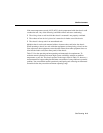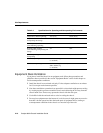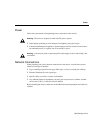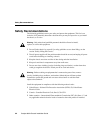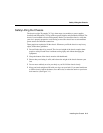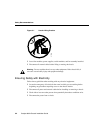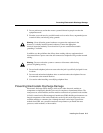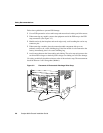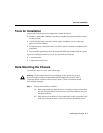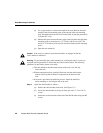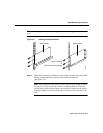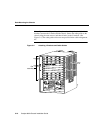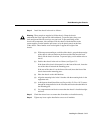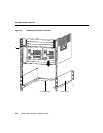
Installing the Chassis 3-5
Preventing Electrostatic Discharge Damage
• Do not perform any action that creates a potential hazard to people or makes the
equipment unsafe.
• Examine your work area for possible hazards such as moist floors, ungrounded power
extension cables, and missing safety grounds.
Warning Never defeat the ground conductor or operate the equipment in the
absence of a suitably installed ground conductor. Contact the appropriate
electrical inspection authority or an electrician if you are uncertain that suitable
grounding is available.
In addition, use the guidelines that follow when working with any equipment that is
disconnected from a power source but still connected to telephone wiring or other network
cabling.
Warning Do not work on the system or connect or disconnect cables during
periods of lightning activity.
• Do not install telephone jacks near water unless the jack is specifically designed for wet
locations.
• Do not touch uninsulated telephone wires or terminals unless the telephone line was
disconnected at the network interface.
• Use caution when installing or modifying telephone lines.
Preventing Electrostatic Discharge Damage
Electrostatic discharge (ESD) damage, which occurs when electronic modules or
components are improperly handled, can result in complete or intermittent failures. The
route processor, switch modules, and line modules each consist of a printed circuit card that
is fixed in a metal carrier. Electromagnetic interference (EMI) shielding and connectors are
integral components of the carrier. Handle the carriers by the carrier edges only; never
touch the modules or connector pins. Although the metal carrier helps to protect the
modules from ESD, use a preventive antistatic strap whenever you handle the route
processor, switch modules, or line modules.



